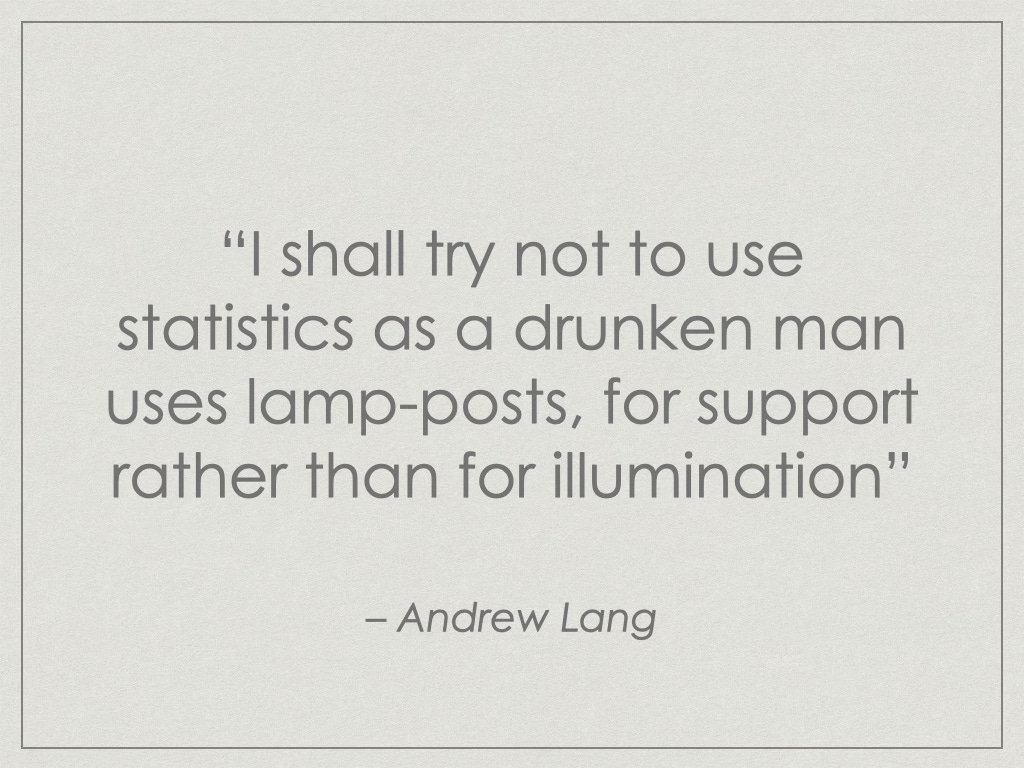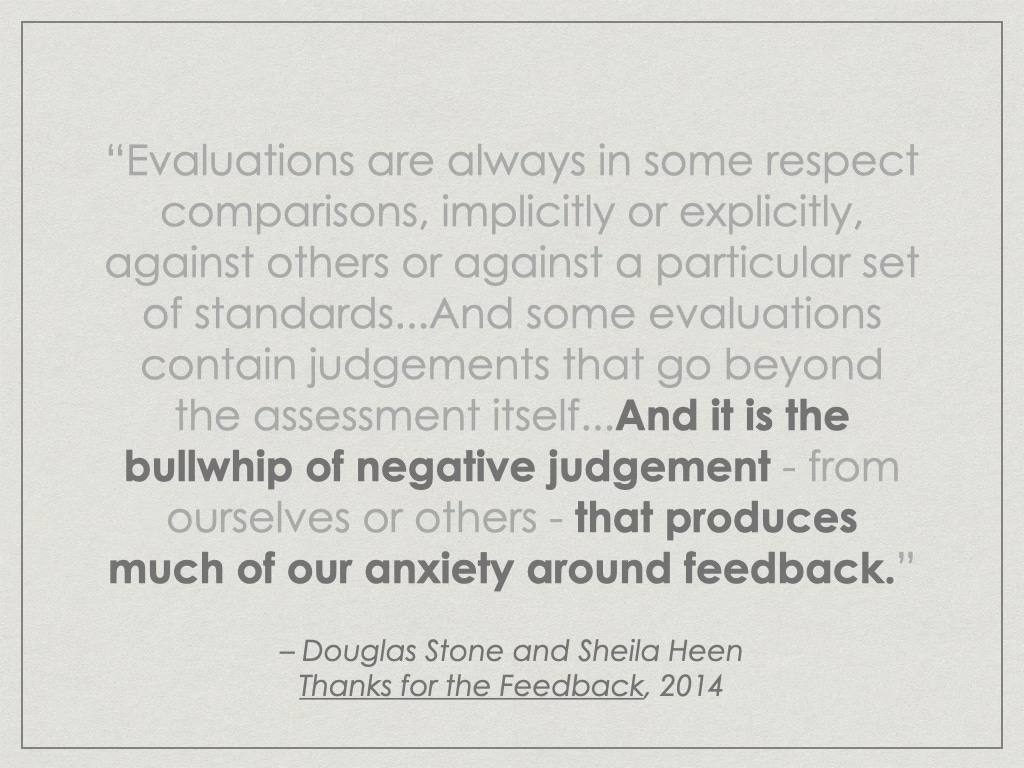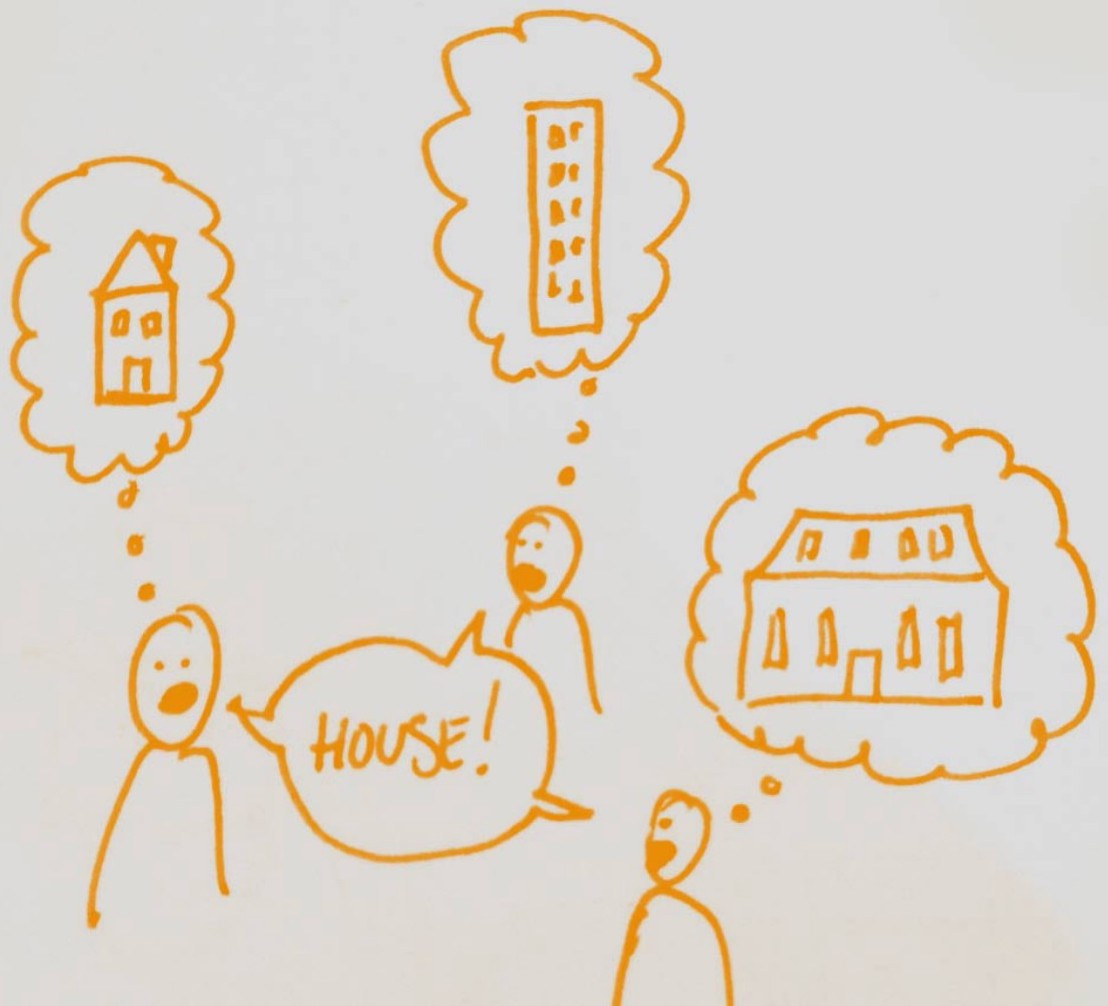Numbers vs. Feelings (part 1)
Talking to players about stats
This is an adaptation of the presentation of the same name. Here’s a link to the original 2018 AVCA presentation. Much of the structure of this talk is drawn from the work of Douglas Stone and Sheila Heen in their book Thanks for the Feedback. Their earlier work, Difficult Conversations, covers similar topics. I highly recommend both.
When I worked as a performance analyst, I would tell the head coach I worked for that I was their walking confirmation bias because it was so easy to tell one story with the data I produced. But acknowledging only one conversation, only one way of viewing stats, defies context, humanity, and reality. Let me show you what I mean.
Imagine you’re coaching a volleyball team, late in a set with a close score. You have a choice between two attackers, one hitting .225 and another hitting .200. Which one are you more likely to get the ball to in crucial moments? If you have no other information, the obvious story is, “I should choose the player with the higher efficiency.” But, what if the player hitting .225 is a middle blocker and the player hitting .200 is an outside hitter? That presents a different story, doesn’t it? An outside hitter at .200 is having an average match, but that’s a below average night for a middle. What if they both play the same position but the more efficient hitter only has a few attempts while the less efficient hitter has many? The numbers can shift dramatically with one more attempt when the sample size is small. That’s a different story too.
This example highlights the first of three important conversations that are happening around stats. This conversation is between the coach and the stats and there’s a lot going on in it. There are a number of questions being asked in this conversation. The first two questions are “what is this number telling me?” and “what am I telling myself as a result?” These questions come so close together that it can be hard to notice they’re actually separate. The instant between the two questions might be thought of as a “lamp-post moment”, in reference to the Andrew Lang quotation below.
The lamp-post moment is the moment in which you decide if you will use the stats for support or illumination. The difference between the two lies in how much you are judging and how much you are evaluating when you’re using the number. While there are similarities between judgement and evaluation, there are differences as well. One important difference between them is emotion. A coach can (and often should) be emotional about how they care for their sport, for their craft, and for the people in their care. But data is not emotional, so the conversation between coach and stats must find common ground.
The balance between judgement and evaluation, between emotion and dispassion, is important because you, as the coach, are the one measuring and determining the worth of what is measured. The more you judge, the more emotion enters for all parties. It’s a good idea to have a sense of what sorts of things can trigger you to be more judgmental when looking at data. Winning and losing can often trigger coaches to be less equanimous, overlooking information that doesn’t neatly fit into a narrative. The stories coaches construct after a practice or a competition are expressions of the biases they bring to the data they see. That’s what the conversation between stats and coaches is about: making decisions about the stories you’ll tell yourself and others after you’ve looked at the numbers. How much will you allow the numbers to change your mind about what you saw? How much will your story change if you change your mind?
The effects of judgement are both external and internal. The conversation between you and the stats can evoke judgement about yourself. For example, think about a season win-loss record. I can give you two records, 18-12 and 12-18. It would be easy to think a coach should always feel better about winning more than about winning less. But what if the coach with the 18-12 record was supposed to be a league champ but the team stumbled badly? What if the 12-18 record came from a team that went winless the previous year? Which coach is likely to feel better about their record? The “winning” coach’s bad feelings? Judgement. The “losing” coach’s good feelings? Judgement. Whether positive or negative, judgement is about feeling.
When you recognize that feelings come up easily and that evaluation can quickly become judgement, you begin to understand why the structure of your feedback is so important. Because players are responding the same way you are, with emotion. An evaluation sounds like “that could be done better.” A judgement sounds like “nothing I do is good enough.” That is what Stone and Heen’s “negative bullwhip” sounds like and the anxiety it can produce will interfere with performance. That’s what makes understanding the second conversation so vital.
The second conversation is between the athlete and the stats. In most respects, it is the same as the conversation between the coach and the stats. The same two questions are still being asked, “what is the number telling them?” and “what are they telling themselves as a result?” But many coaches overlook the fact that this conversation is taking place. It’s crucial that you not only recognize that athletes are telling themselves stories about the stats but that you also recognize that the stories they’re telling themselves are not the same as the stories you’re telling yourself. When they look at the stats, they are the ones being judged (and evaluated). It would be easy to assume you know what they’re telling themselves but I’m here to tell you it’s nowhere near that simple. It’s not that simple because language is hard.
The picture above illustrates why language is so hard. You can take a simple word like “house”, ask a few different people to describe what they think of when you say that word and you’ll get as many different answers as people you ask. I don’t think there should be a standard definition for words you use, instead I think meaning should be built together. It’s not about explaining stats to players because doing so ignores the conversations that are going on simultaneously between the stats and each one of you. Instead, it’s about engaging players. That’s the third conversation.
The third conversation, the only actual conversation, is between coach and player. As I said above, this conversation is about engaging rather than explaining. It must be a conversation, in the sense that it is a back-and-forth between two people. The goal isn’t to replace one person’s story with the other person’s story. The goal is to acknowledge that each person has their own story and begin the process of bridging the gap between those stories. This is done when both coach and player strive to better understand each other’s stories. The conversation is more about understanding the stories being told about the stats than it is about understanding the stats themselves. When you put understanding each other above understanding the stats, you will replace the assumptions you had about each other and the stats. That’s how the third conversation builds shared vision.
In part two, I’ll dig into what shared vision looks like, how you build it, and how it helps players improve.






Interesting perspective. I don't come at statistics from a performance perspective but from a statistical perspective. I uses statistics in volleyball as a snapshot of a match at that point in time with those teams. Or as descriptive statistics. Anything that happens after that snapshot veers into the inferential statistics domain. From the greater scheme of viewing statistics, sports statistics has too many variable, the stats don't usually fall neatly into the probability distribution shape, and there are too many conditionals involved that the stats need to be collected as Bayesian distributions, and there just aren't enough samples to gain any knowledge about the statistical significance. Everything you said makes sense, but that all comes from trying to draw inference from a single set of data points, not really advised. But you can't keep coaches from jumping into that habit, because that is what we do. I have to try very hard to look at the descriptive statistics and stay away from drawing too much inference.